Gentrification & Food
When Whole Foods or Starbucks enter into a neighborhood, the first thought that comes in your mind is “that’s awesome” But is it really?

Gentrification
A term first coined in 1963 by a Birtish Sociologist, Merrian Webster defines it as the process of repairing and rebuilding homes and businesses in a deteriorating area (such as an urban neighborhood) accompanied by an influx of middle-class or affluent people and that often results in the displacement of earlier, usually poorer resident
Effects of Gentrification
Neighborhood Revitalization
Neighborhood revitalization has always been at the core of cities like Pittsburgh that have been grappling with an economic downturn and losing population. The exit of the steel industry and the growth of institutions have changed the dynamics of the city. Areas like East Liberty have been struggling with high crime rates and the programs such as the East Liberty development Initiative have given the neighborhood a chance for revival.
Crime Offense reported in East Liberty, Pittsburgh (2011-2019)
East Liberty is a gentrifying neighborhood in Pittsburgh city. The neighborhood was famous for having the highest crime rate in Pittsburgh. There has been a steady drop in the crime rate over the years. With the entry of Google and Alpha Labs, the neighborhood has become a good place for students and recent graduates to settle in.
Effects of Gentrification
Change in Socio-Economic Characterisitics
Gentrification is associated with the renewal of neighborhoods, but it is important to analyze to what extent and the drawbacks associated with it. The most severe drawback associated with gentrification is the displacement of its original population eventually draining out the social and historical background of the Neighborhood. Hill District in Pittsburgh has a rich history of Jazz associated with it but has been in a dilapidated condition for long. The upcoming penguins' project has long been under debate of what effect it will have on the neighborhood. Similar development projects such as the east end development in East Liberty changed the dynamics of the Neighborhood.
The historic property price for a single-family home in East Liberty (sourced from Zillow) shows that there has been a significant increase in the property prices. There has been a 300% increase in property prices in the span of the last 15 years. If you consider a basic 2% property tax, it increases a tax burden on the already poor neighborhood by 3X. The rise in property prices and taxes leads to an increase in rental prices eventually forcing the local population to move out of the neighborhood.
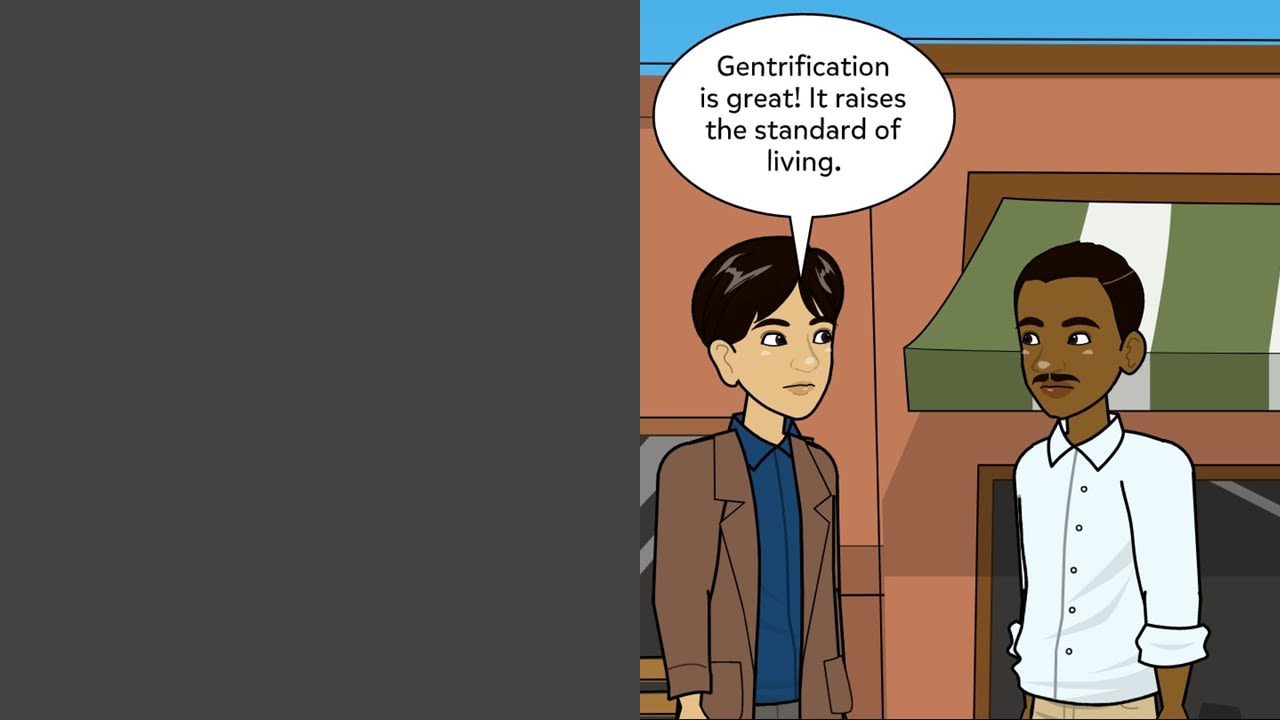

Gentrification in Major Cities
Source - https://ncrc.org/gentrification
Gentrified tracts are the census tracts that have been gentrified either due to a large influx of development or other factors contributing to gentrification. It is a thin line between neighborhood revitalization and gentrification. As you can see from the visualization all these cities have had a large population of African American people displaced. Pittsburgh is a small city, still has 14 gentrified tracts but the number of black people displaced is significantly high. In the case of New York, the gentrified tracts are significantly high but the population displacement is low as compared to Pittsburgh owing to the Tax Freeze and rent regulation which the city provides to check and control gentrification.
Gentrification and its Causes
Gentrification can be attributed to a number of reasons, the inflow of high-income residents to the neighborhood, an increase in property prices owing to an increase in real estate taxes, rent increment forcing the already existing population to struggle and eventually move out. One of the causes that is often ignored include the socio-economic difference which a neighbor feels with the inflow of rich and affluent neighbors (as compared to them). It is crucial to identify what acts as an anchor to attract the tenants to move into these neighborhoods. Premium grocery stores such as Whole Foods and coffee chains like Starbucks have been at the center of such debates. Even though they may not be the one who causes gentrification but are often attributed to accelerating the whole process.
Whole Foods
Whole Foods is a American supermarket chain owned and operated by Amazon which aquired it in 2017 for $13 billion. Wth more than 450 store around the USA, the chain has startegically grown and have always been in the limelight as a anchor tenant for major real estate developments owing to its popularity and tags of being premium and organic
Whole Foods Presence
The growth of Whole Foods is a study in itself. A chain based out of Austin, Texas, has tapped a market that hardly any food chain could have thought about. Organic stores are generally associated with the local farmer’s market but turning that concept into a multinational food chain is impressive. The long leases and their store design help in attracting development to the neighborhood. The above graph shows the presence of Whole Foods across the United States.
Effect of Premium Food Chains on Home Value
Zillow, an online real estate portal conducted a study in 2014 to study the effect of Whole Foods and Trader Joes on property prices in that area. The study has been published in their book Zillow Talk. The study examines houses within a one-mile radius of Whole Foods and how their prices were before the opening of stores and how they showed a sharp growth when the store entered the neighborhood.
Cities with highest level of gentrification
“It’s been a cleansing of black people in Pittsburgh to get rid of crime and drugs without addressing the root of the problems,” - Rev. Leola Cherry, the pastor at St. Paul Baptist Church in the East End
The map below shows the cities with a large number of census tracts gentrified overlayed on a demographic study showing the concentration of African American Population. It is interesting to see that cities with mixed populations have higher gentrified tracts.
Gentrification and whole foods
Whole Foods Is The Lewis And Clark Of Gentrification - Jim Russell (Pacific Standard)
The question that comes to mind is how whole foods are involved in the debate. A map overlaying the location of whole foods with the cities with a high level of gentrification gives a brief idea about how strategically whole foods is located. These cities have been facing gentrification and whole foods have been one of the favorite retail anchor tenants that the majority of the developers want to get associated with.
The above chart is a summary of how whole foods is and trader joes impact the prices of property, one of the many reasons that instigates gentrification in a neighborhood. This is the junction where the government needs to step in to address the needs of the existing population and make sure that their livelihood is maintained along with the development of the neighborhood.

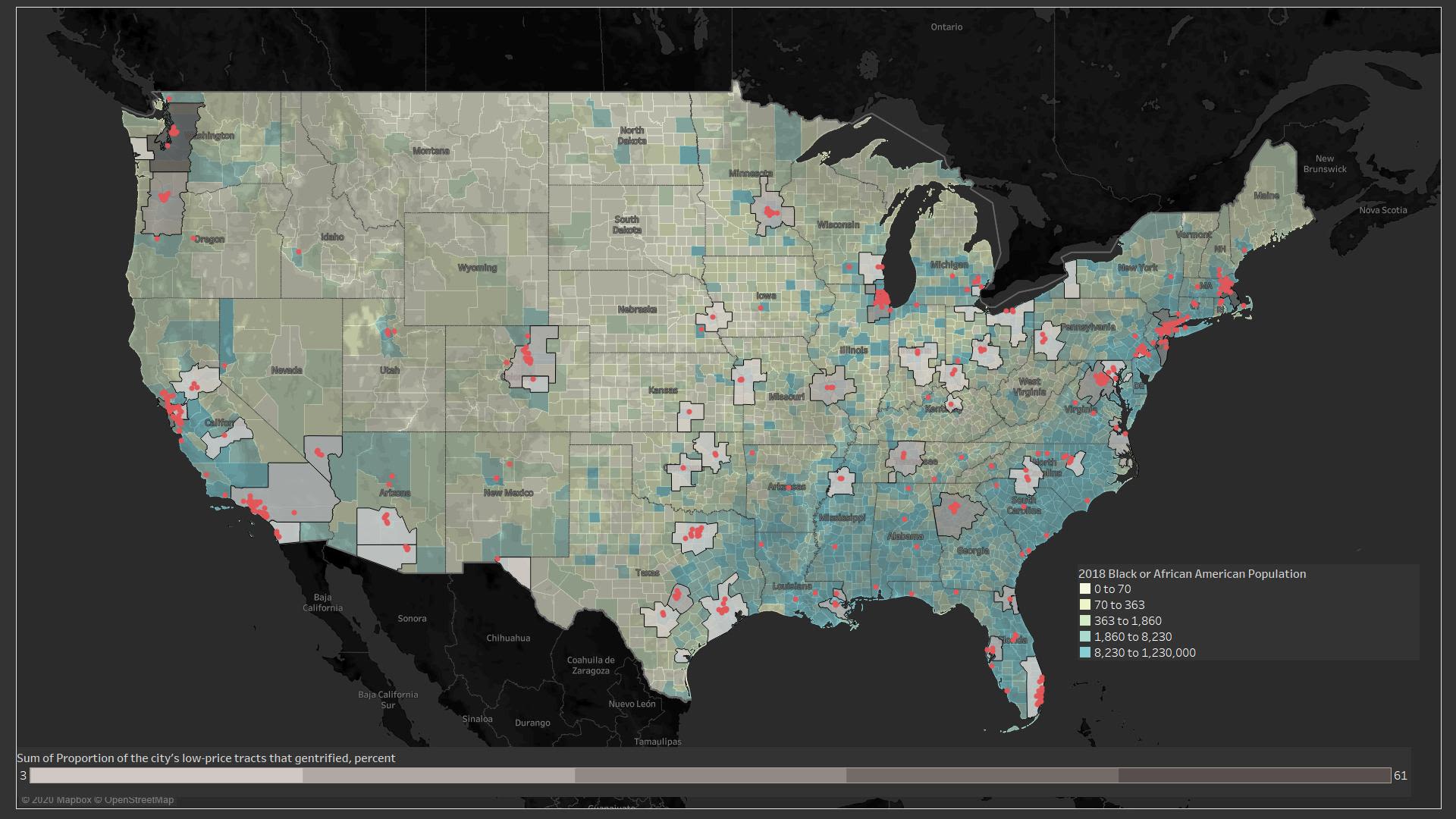
East Liberty, Pittsburgh
Whole Foods is a American supermarket chain owned and operated by Amazon which aquired it in 2017 for $13 billion. Wth more than 450 store around the USA, the chain has startegically grown and have always been in the limelight as a anchor tenant for major real estate developments owing to its popularity and tags of being premium and organic
Pittsburgh - Vulnerable census tracts
“It’s been a cleansing of black people in Pittsburgh to get rid of crime and drugs without addressing the root of the problems,” - Rev. Leola Cherry, the pastor at St. Paul Baptist Church in the East End
Centre for disease control compares and ranks the census tracts on a percentile scale of 0 to 1 with 1 being the most vulnerable. The top 10% of most vulnerable tracts are given 1.0 percentile. The social vulnerability index (SVI) also varies according to the theme. The map below is a comparison of Socio-Economic Vulnerability (RPL_Theme1). The majority of the portion of East Liberty is under high Vulnerability as per the SVI index of 2014.
Source - https://www.arcgis.com/home/item.html?id=62b3e305b730423782c64b9696242c5e
East Liberty Development
East Liberty saw an influx of real estate activities after the goverment introduced the Transit Reitalization Investment District and Tax Increment financing to attract developers. Home Depot entered the market in year 2000, but the anchor tenant was whole foods which entered East Liberty in Year 2002.
If we compare the change in Total Population of East Liberty with the Change in Population of African-American and White Population in East Liberty, there was a decline in the population from the year 2000 to 2010 and a growth afterward. But the black population saw a decline even after the year 2010.
Source - https://www.eastliberty.org/
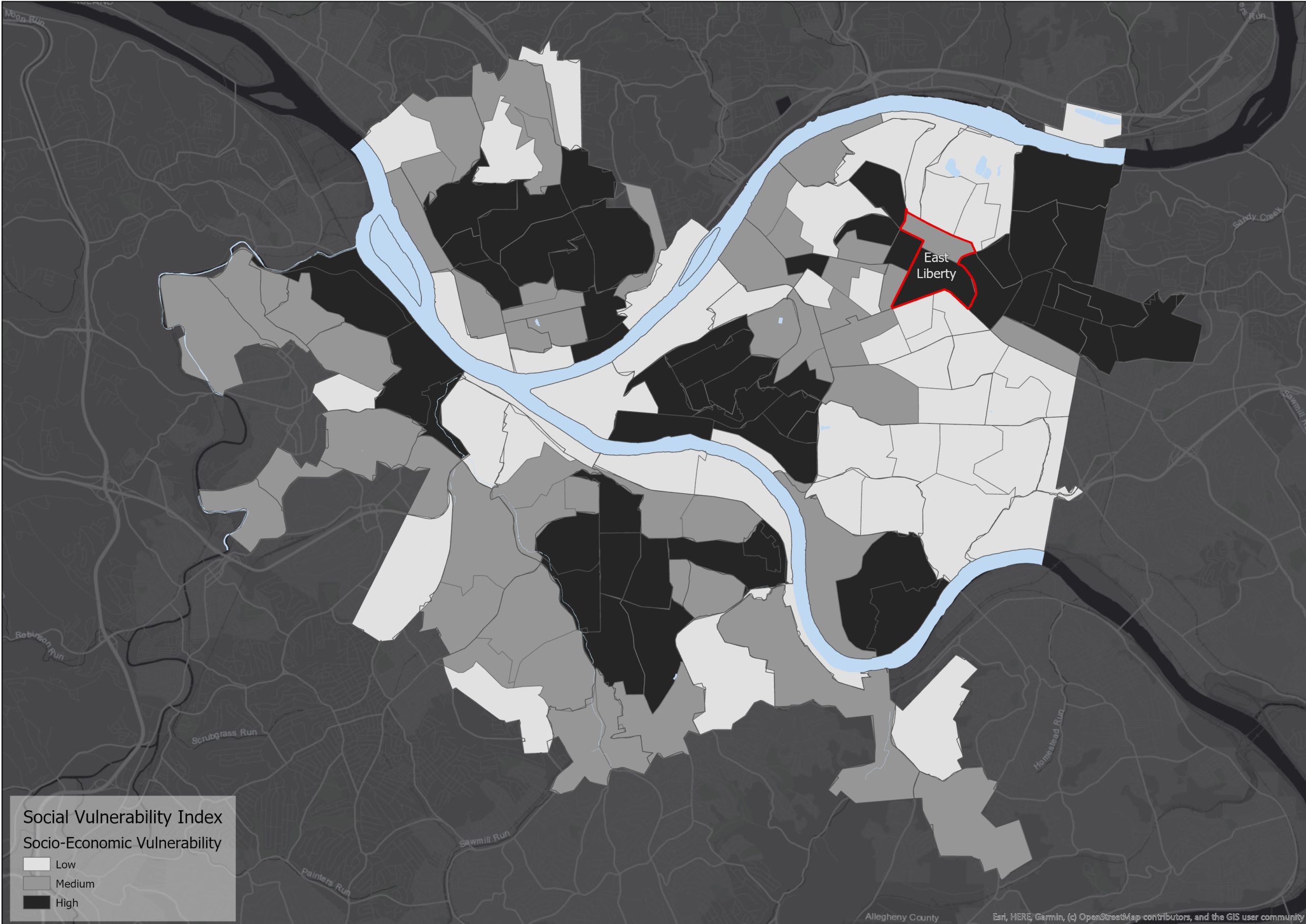
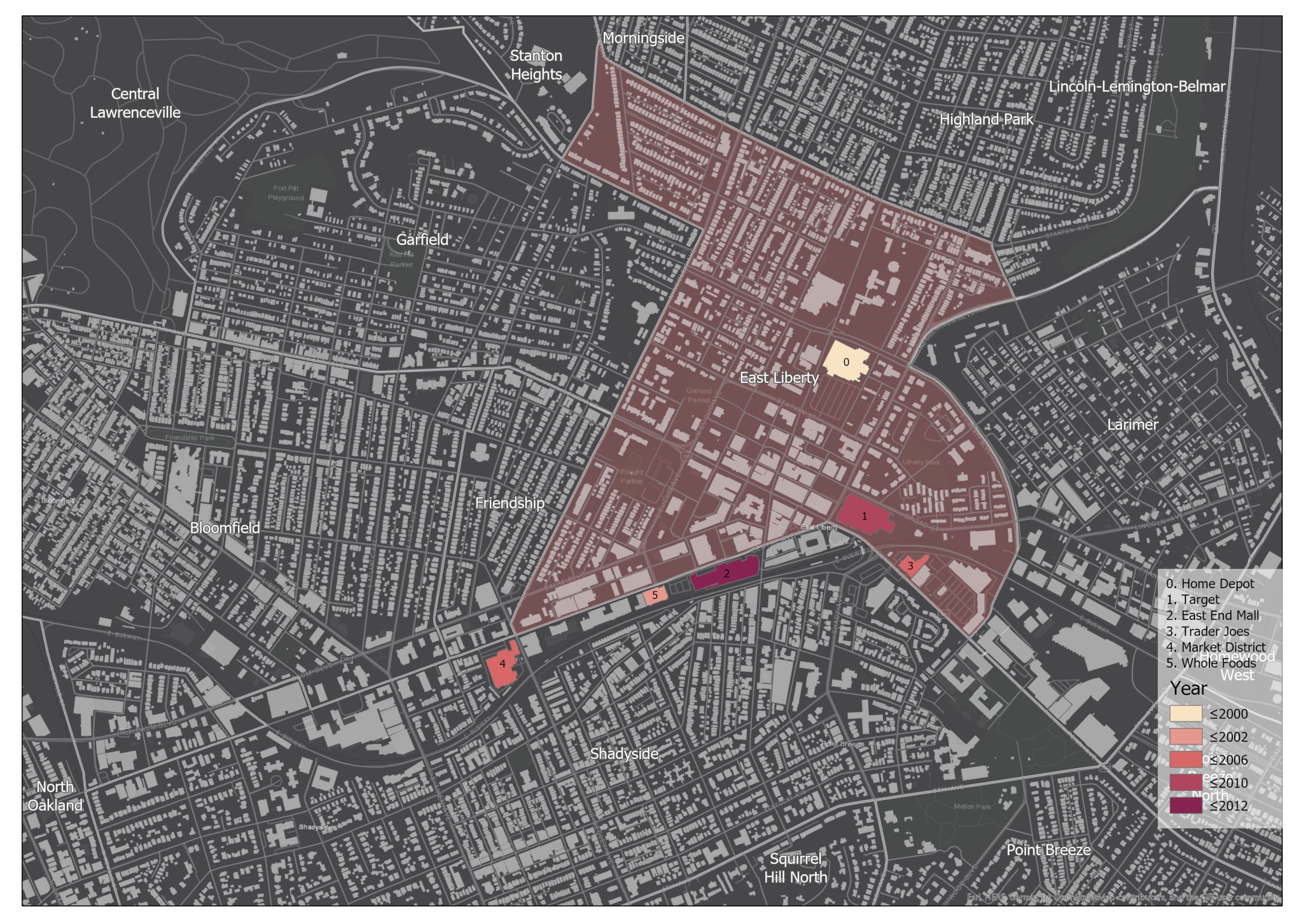
Preventing Gentrification
Encouraging Revitalization
Stores like whole foods though may have caused gentrification but were also involved in the development of Neighborhood and so the plan of action should not be focused on the expense of the neighborhood.

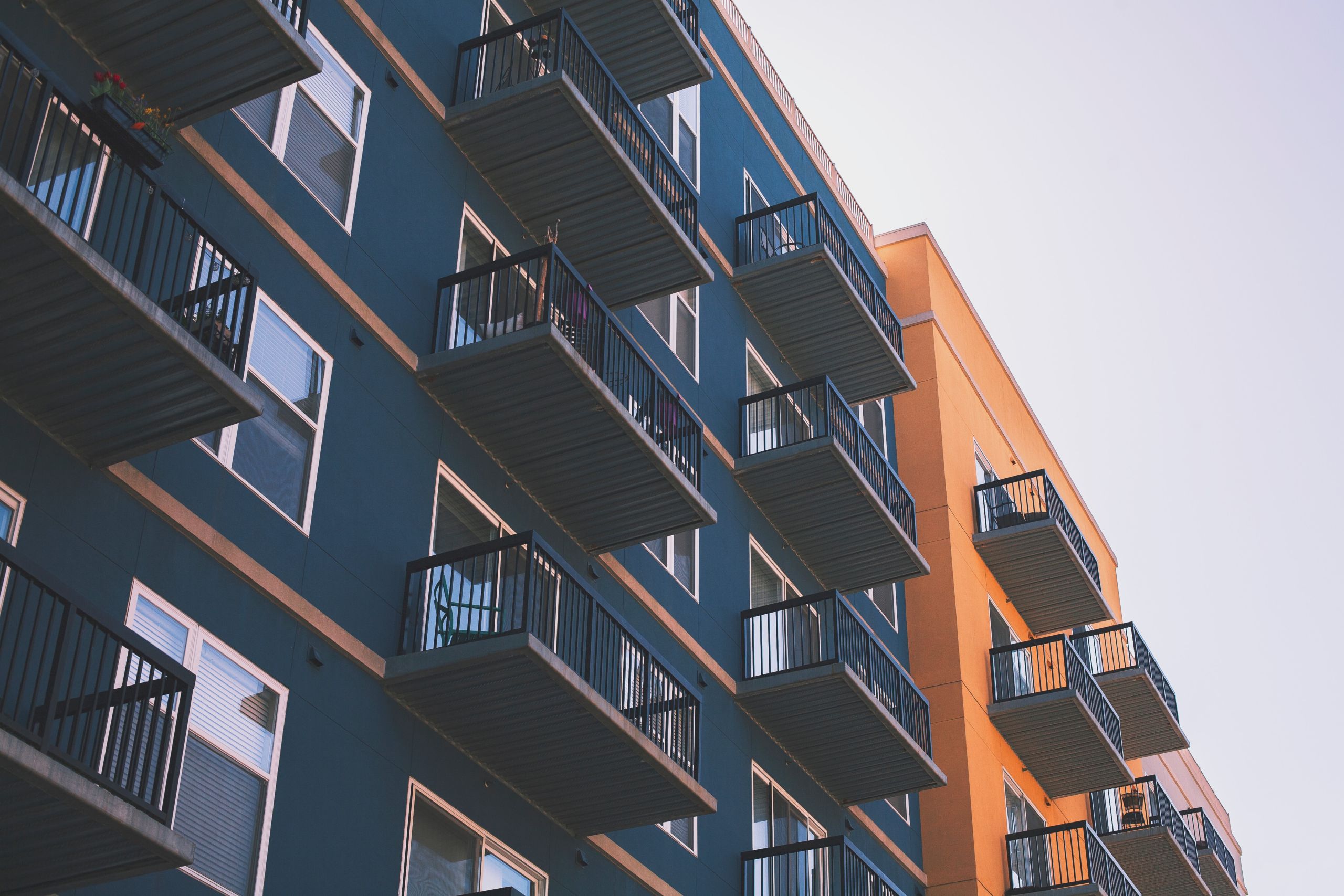

"Zeke King | A Call-to-Action About Gentrification" by WMU Thesis, Zeke King is licensed under CC BY-NC-ND 4.0
"Zeke King | A Call-to-Action About Gentrification" by WMU Thesis, Zeke King is licensed under CC BY-NC-ND 4.0

Know Your Neighbor
Say Hello
If you are one of the residents moving in a gentrifying neighborhood, do not ignore the current residents. Don’t make them feel the socio-economic differences and engage with them in a conversation to understand the dynamics of an old neighborhood.
Demand More Afordable Housing
Asking the city to invest and encourage the developers to provide more affordable housing so that the ethnicity of the neighborhood can be maintained. Currently theer is a shortage of 17000 affordable homes for people below 50% of Area Median Income.
Ask for Tax Freeze
Fixating the tax burden, so when the property value of the area rises the taxes are controlled and the households are not subjected to excessive financial burden
Training and Employment for the Youth
"Scrolling", as such, does not change the layout of the text or pictures, but moves (pans or tilts) the user's view across what is apparently a larger image that is not wholly seen.
References
- Centre for Disease Control - Social Vulenrability Index https://www.arcgis.com/home/item.html?id=62b3e305b730423782c64b9696242c5e
- Zillow - https://www.zillow.com/research/whole-foods-trader-joes-home-value-11696/
- Zillow Housing Data - https://www.zillow.com/research/data/
- Images - https://unsplash.com/
- Whole Food statistics - https://www.statista.com/statistics/258682/whole-foods-markets-number-of-stores-worldwide/
- Census data - https://factfinder.census.gov/faces/nav/jsf/pages/index.xhtml
- Pittsburgh Crime Data - https://pittsburghpa.gov/publicsafety/crime-data
- Pittsburgh Affordable Housing - https://www.publicsource.org/graphic-pittsburghs-affordable-housing-shortage/
- Gentrification Statistics - https://ncrc.org/gentrification/
- Whole Foods and Gentrification - https://psmag.com/economics/whole-foods-lewis-clark-gentrification-67155